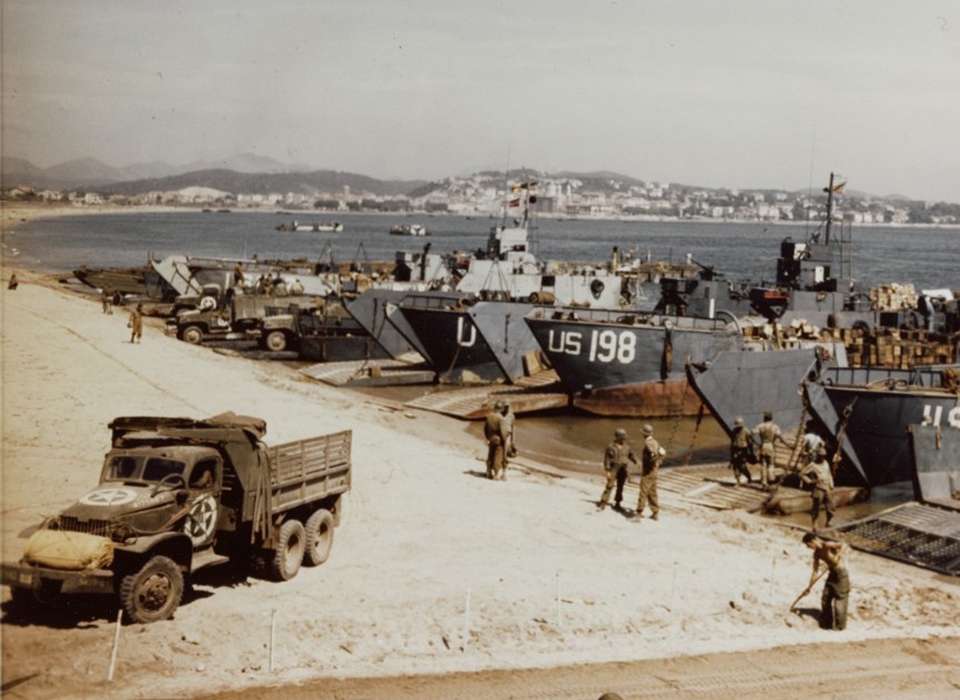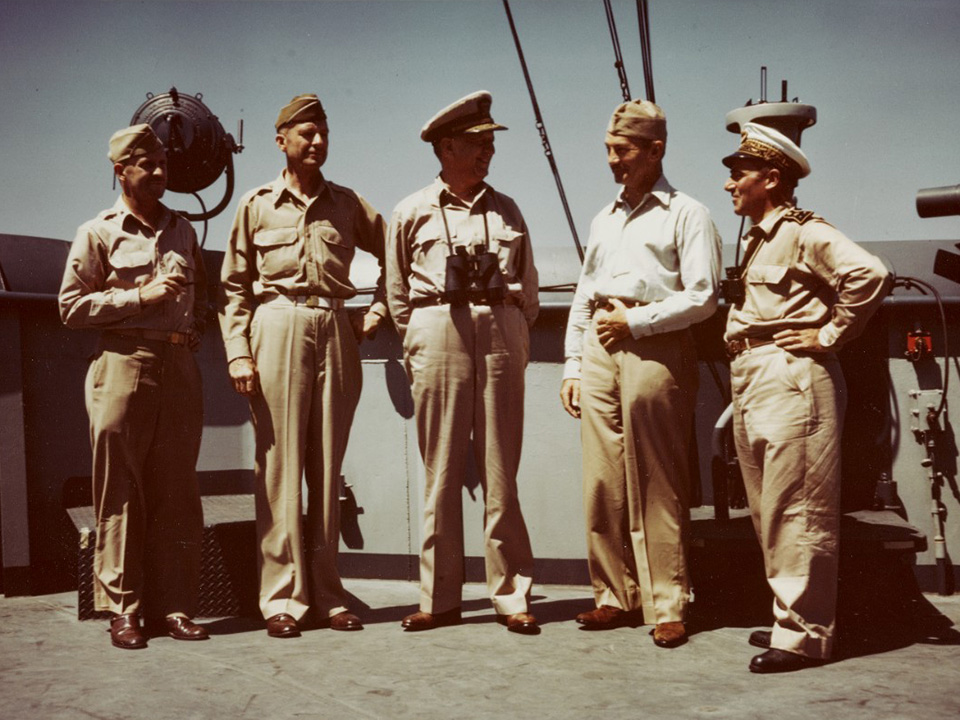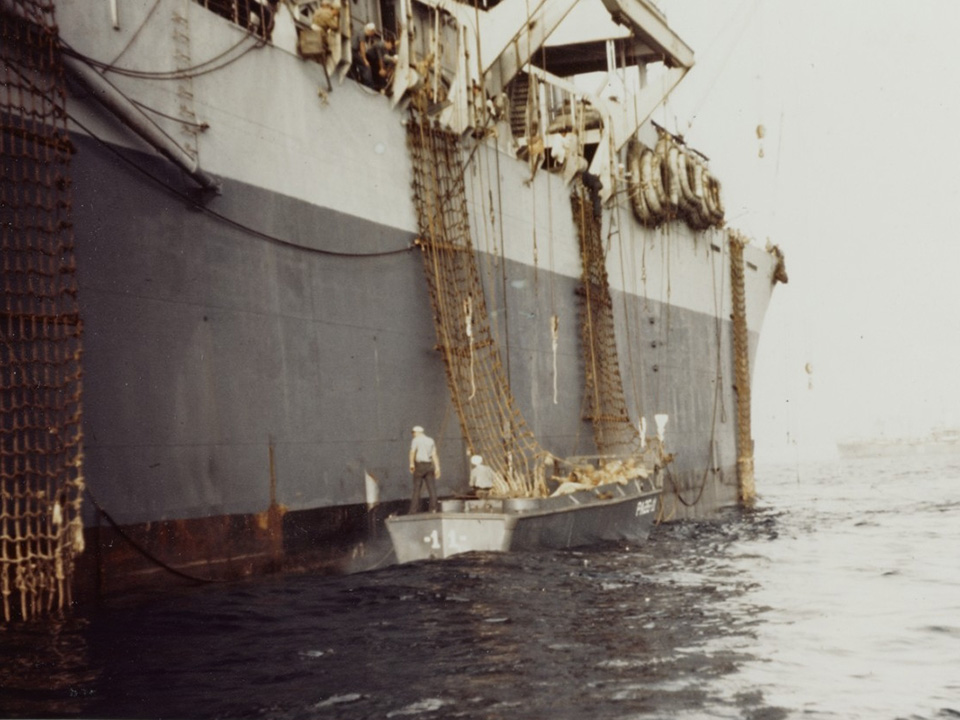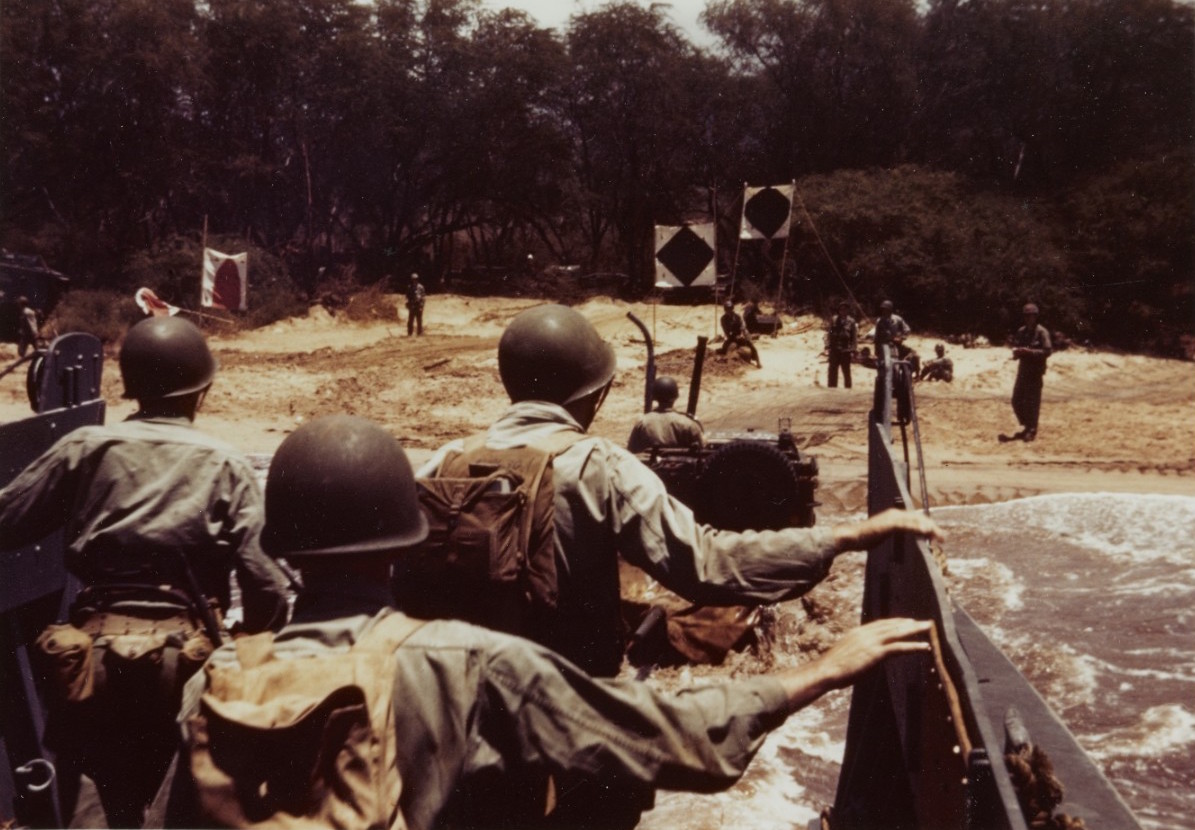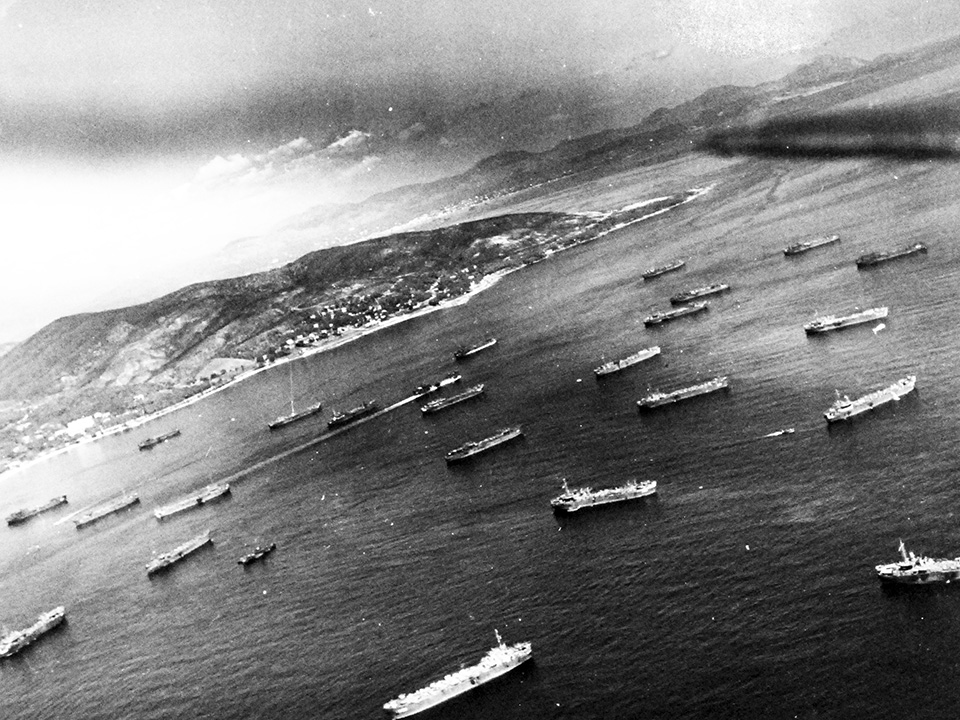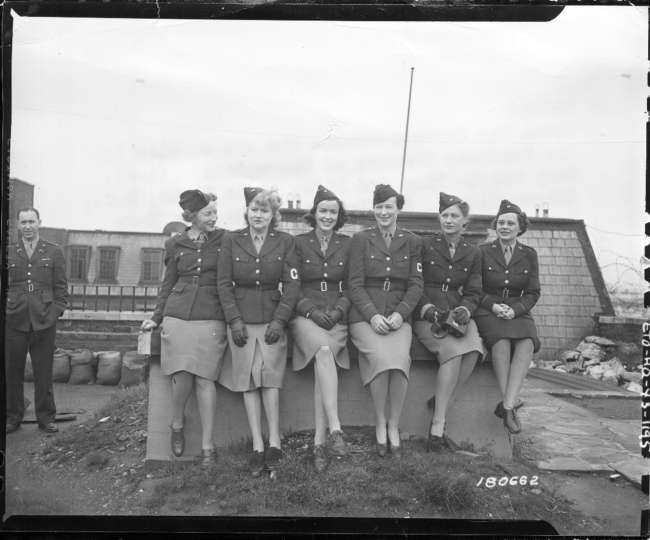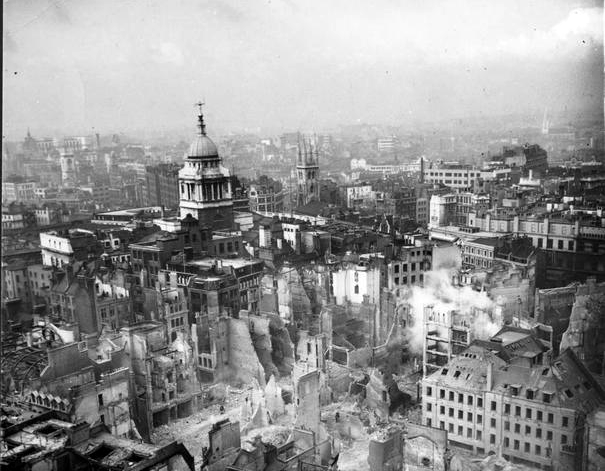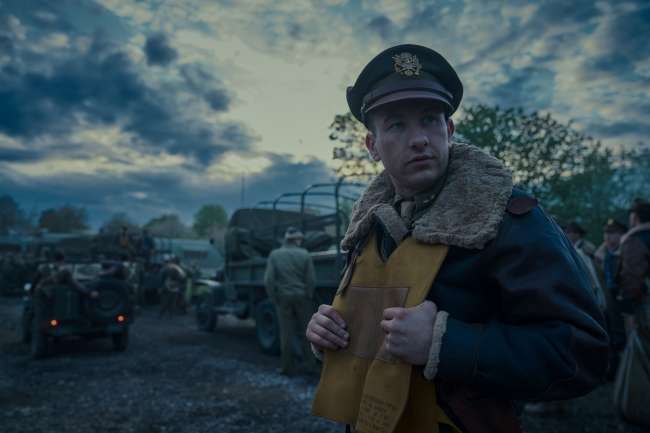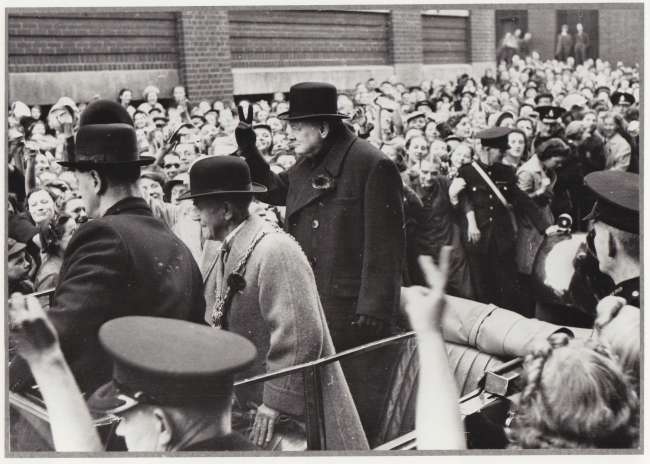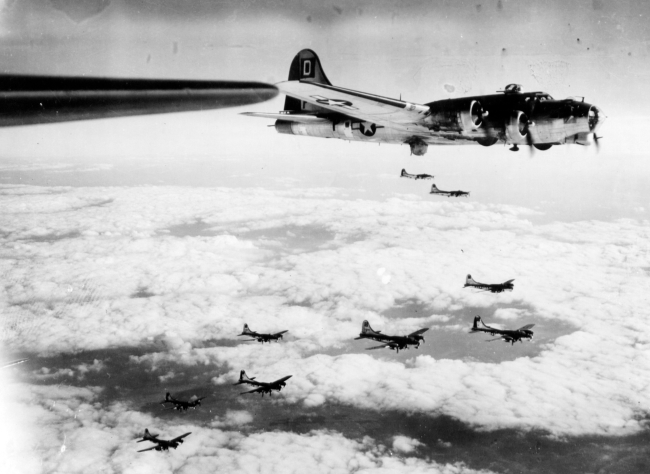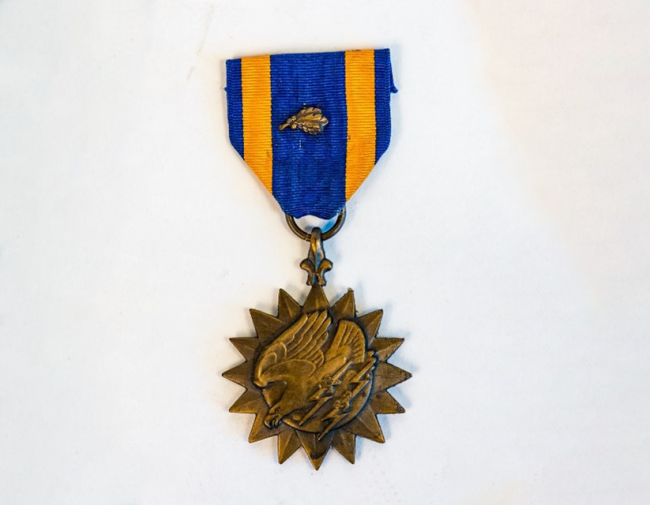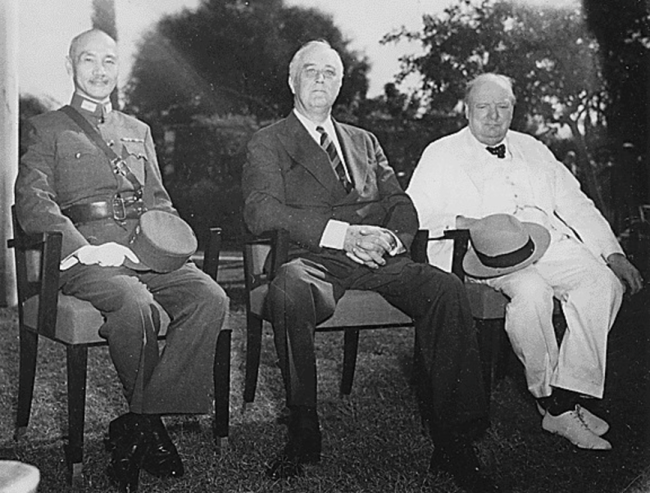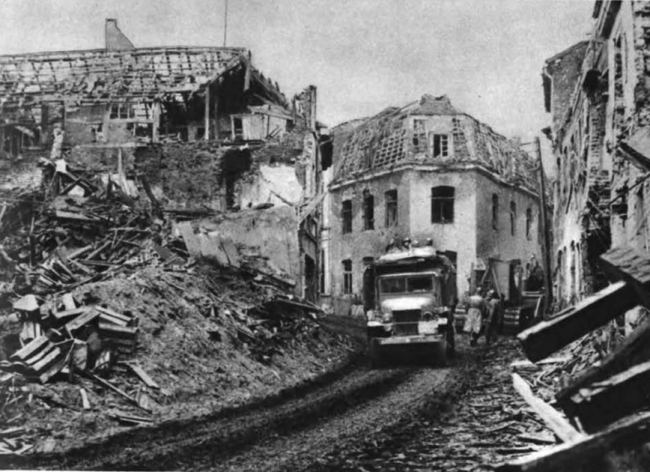Operation Dragoon (formerly Anvil) was a hugely successful Allied operation that occurred in southern France in August, 1944. It was part of the Allied campaigns that occupied 1944. Unlike other venerated and popular operations of that year, namely operations Overlord and Market Garden, historians have relegated Dragoon to passing mentions in most histories of the war. To do so is a mistake, because closer examination of the operation reveals the complex ways that Allied relations functioned and became strained during the penultimate year of the war, and how those problems persisted in postwar writing about the operation.
Operation Anvil first appeared on the Allied docket after the Allied conference at Tehran in December 1943. It was the first time English Prime Minister Winston Churchill, American President Franklin D. Roosevelt, and Soviet Premier Joseph Stalin met. At the conference, the three men and their staffs debated the operational roster for 1944. All agreed to support Overlord, the Allied invasion of Normandy. Stalin also promised a summer operation against the Germans on the Eastern Front (Operation Bagration.) Churchill wanted to advance Allied operations in the Mediterranean, preferably against the Balkans. Supreme Allied Commander General Dwight D. Eisenhower, with Roosevelt’s backing, supported an invasion of southern France. Stalin backed Roosevelt, much to Churchill’s chagrin. The consensus was that the best way to support Overlord would be an accompanying operation in southern France. The two operations would act as a pincer that clamped down on German forces in France. At the end of the conference, Operation Anvil became one of the two “supreme operations of 1944.” Allied strategists said of Anvil and Overlord, “nothing must be undertaken…which hazards the success of these two operations.”
The consensus surrounding Anvil quickly vanished. Churchill worked to cancel the operation. He frequently wrote and complained to anyone who would listen that Anvil was folly. Churchill argued that the invading force would get marooned on the beach, much like Mark Clark’s 5th Army at Anzio during Operation Shingle (an operation Churchill ironically championed.) Due to shipping issues because of the need to continue to supply the Allied beachhead at Anzio, Anvil got squeezed out of Allied plans. The “supreme operation” of Anvil got dropped. Still, the American general in charge of planning for Anvil, General Jacob Devers, continued preparations despite the operation’s cancellation. After the Allies established a successful lodgment in Normandy following Overlord in June 1944, the Allies had enough shipping capacity to undertake another amphibious operation. The plan for Anvil was nearly complete. It called for an American and French army to land just east of Marseille and Toulon and capture them. They were two important port cities that would increase Allied supply capacity on the French mainland. Churchill, still opposed to the operation, vehemently dissented to both Eisenhower and Roosevelt, but to no avail. American strategists and leaders carried the day. The operation was renamed Dragoon on August 1 due to security concerns and commenced on August 15, 1944.
Operation Dragoon: Senior Allied officers on the bridge of USS Catoctin, the flagship of Operation Dragoon, while en route to the invasion area on August 14, 1944. Pictured are (left to right): Brigadier General Gordon Saville, air commander; Major General Alexander Patch, U.S. Seventh Army commander; Vice Admiral Henry Hewitt, Western Naval Task Force commander; James Forrestal, Secretary of the Navy; Rear Admiral A. G. Lemonnier, chief of staff of the French navy. Courtesy Naval History and Heritage Command.
Devers and the Dragoon planning staff prepared well. The American 7th Army, led by General Alexander Patch landed with three experienced infantry divisions, the 3rd, 36th, and 45th. French Army B, soon renamed the First Free French Army, under the command of General Jean de Lattre de Tassigny landed shortly after the American divisions. The 1st Free French, 1st Armored (France), and 3rd Algerian Infantry Divisions were all experienced units that had extensive combat experience in the Italian campaign. Operation Dragoon was especially important for the French as it was the first full French army to participate in the liberation of France.
USS Samuel Chase (APA-26) off the southern France invasion beaches after discharging its embarked troops, August 15, 1944. Courtesy Naval History and Heritage Command.
Opposing the Allies was the weakened Army Group G under General Johannes Blaskowitz. Over the course of the summer, Oberbefehlshaber West (OB West) commander Field Marshal Günther von Kluge had steadily withdrawn forces from Blaskowitz’s command to support the German forces in Normandy attempting to keep the allies at bay there. As a result, second and third-rate soldiers contested the Allied landing. The 11th Panzer division was Blaskowitz’s only mobile unit, and he kept it in reserve. The German 19th Army under General Friedrich Wiese contained the infamous Ost battalions, impressed foreign soldiers from countries including Czechoslovakia, Poland, Russia, and Lithuania. On the eve of invasion, the German defense was in a pitiful state.
Soldiers and equipment disembark from a landing craft on the coast of southern France in August 1944. Courtesy Naval History and Heritage Command.
The landings went well for the Allies. On Dragoon’s D-Day, the Allies landed 94,000 men and suffered just 395 casualties. The First French Army quickly surrounded Marseille and Toulon. Both cities fell to the French on August 28, a full month earlier than anticipated. The 7th Army attempted to cut off the German 19th Army near Montélimar. They failed to encircle the retreating Germans, but the ensuing battle left the 19th Army badly damaged and in full flight towards the Franco-German border. The operation formally ended in mid-September after the 7th Army made contact with General George Patton’s 3rd Army advancing from the west. The operation was a resounding success. It opened up a new supply route for Eisenhower, expelled the Germans from southern France, and provided the French with an opportunity to participate in their own liberation.
The Allied invasion fleet off the coast of Southern France near San Tropez Bay on September 9, 1944. Courtesy National Archives.
The conclusion of the operation was not the end of the debate surrounding it. In Churchill’s postwar memoires, he continued to ridicule the operation. He cited it as one of the reasons why Stalin was able to amass influence in the Balkans and Eastern Europe. Eisenhower, for his part, claimed that “There was no development of that period which added more decisively to our advantages…than did this secondary attack coming up the Rhone Valley.” Due to the new Cold War era, Churchill’s interpretation of events involving Operation Dragoon won out, and as a result generations of historians have designated the operation as a sideshow.
There is much to learn from both the operation and the debates surrounding it. Churchill’s insistence that it was a mistake led to its delay. In fact, when Dragoon occurred, its effects were the opposite of its original intention. Dragoon was supposed to be a secondary attack that drew German forces away from the fight in Normandy. Instead, it was the draw of units from Army Group G to the Normandy front that allowed for the quick Allied exploitation of the landings in southern France. The Anvil/Dragoon debate also highlights the tension that existed among the Anglo-American relationship at the closing stages of the war. Great Britain relied heavily on American manpower and material.
While Operation Anvil/Dragoon did not have the titanic struggles present in Operation Overlord or the Battle of the Bulge, it has many valuable lessons and fascinating stories for those interested in the war to evaluate. Each thread of the story about Anvil/Dragoon unravels the neat, straightforward narrative that the Allies advanced harmoniously straight from the beaches of Normandy into the heart of Germany in nine months. Rather, it shows how the opinions of individuals and the alteration of carefully laid plans can test the bonds of alliance.
Meet the Author
Cameron Zinsou is an Instructor of History at High Point University and a PhD Candidate at Mississippi State University. In 2017, Zinsou's dissertation, "Occupied: The Civilian Experience in Montelimar, 1939-1945," won the Allan R. Millett Research Dissertation Fellowship Award from the Society for Military History.
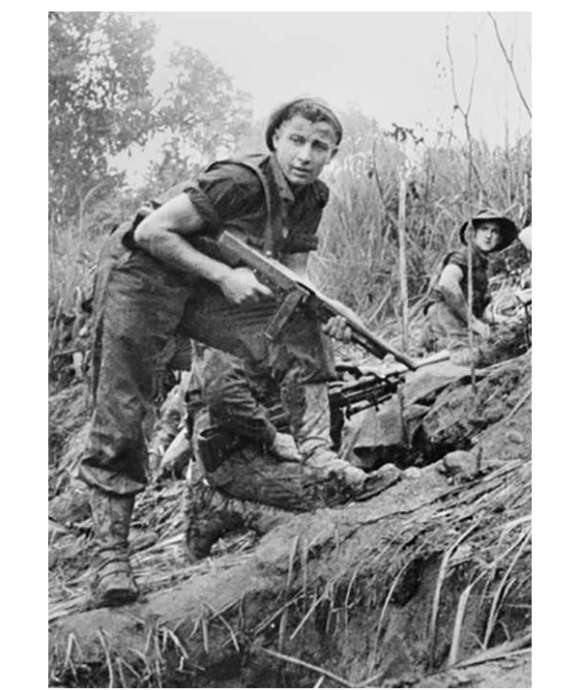
Forgotten Fights: The Battle of Bobdubi, August 1943
Australian forces, backed by American artillery, assaulted Japanese positions on Bobdubi Ridge in one of World War II’s bitterest campaigns.
